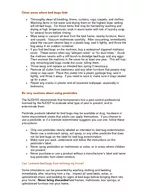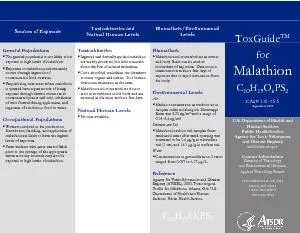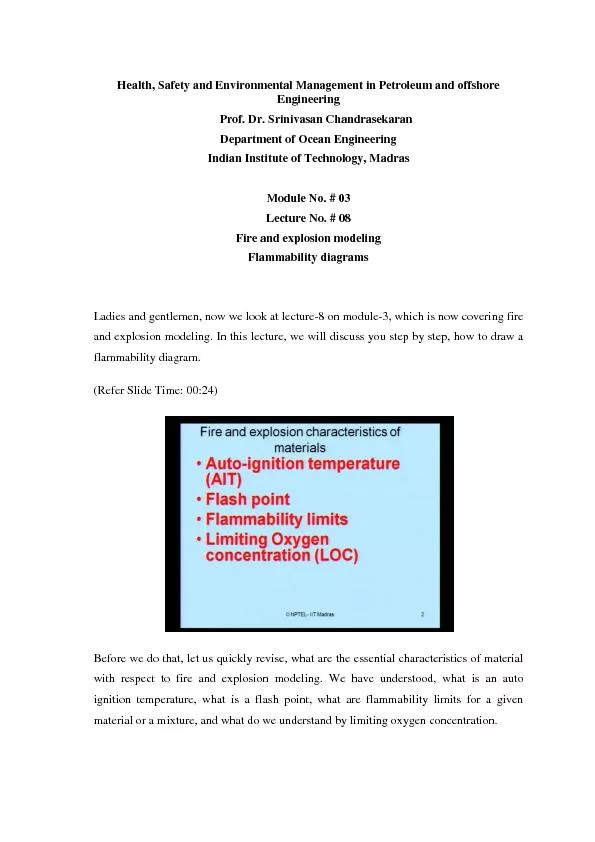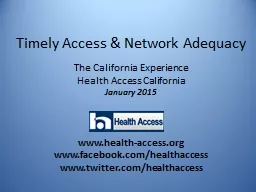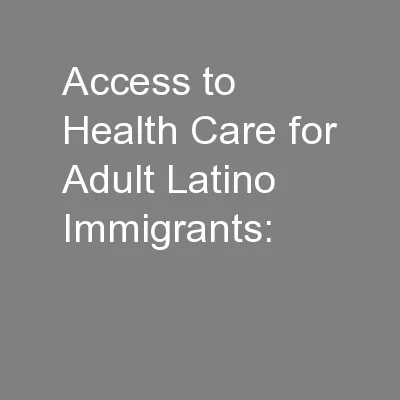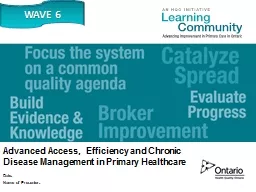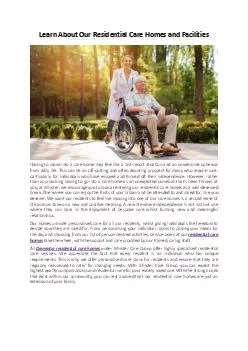PPT-Access to H ealth Care
Author : luanne-stotts | Published Date : 2019-03-05
for A dults in France Isabelle DurandZaleski 2016 International Health Policy Survey Webinar May 18 2017 Entire population covered for healthcare Rate of coverage
Presentation Embed Code
Download Presentation
Download Presentation The PPT/PDF document "Access to H ealth Care" is the property of its rightful owner. Permission is granted to download and print the materials on this website for personal, non-commercial use only, and to display it on your personal computer provided you do not modify the materials and that you retain all copyright notices contained in the materials. By downloading content from our website, you accept the terms of this agreement.
Access to H ealth Care: Transcript
Download Rules Of Document
"Access to H ealth Care"The content belongs to its owner. You may download and print it for personal use, without modification, and keep all copyright notices. By downloading, you agree to these terms.
Related Documents


